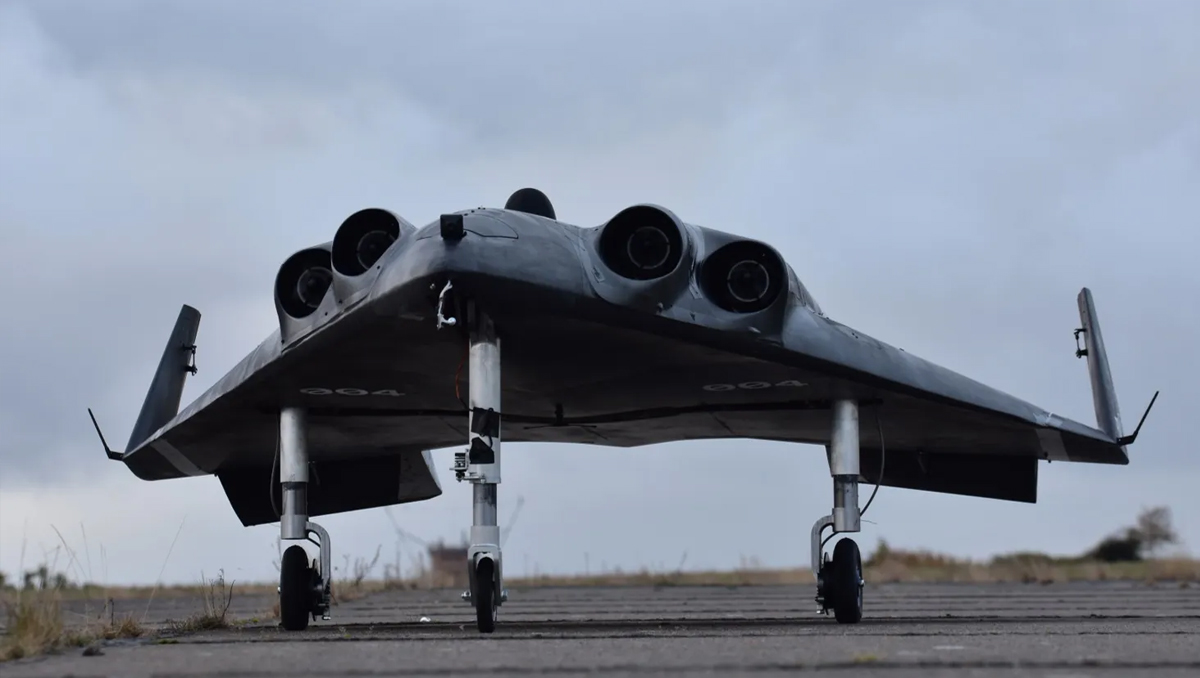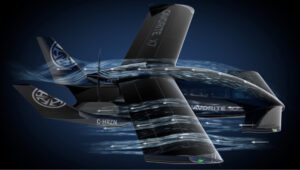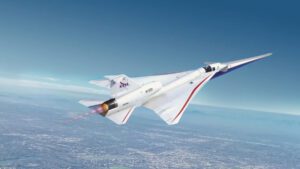La startup tedesca POLARIS Spaceplanes non si arrende dopo il setback iniziale e rilancia con i nuovi prototipi MIRA II e MIRA III. L’obiettivo è accelerare i test di volo e potenziare le capacità dei suoi veicoli spaziali.
Ripresa dopo l’incidente
Polaris Spaceplanes accelera lo sviluppo spazioplani – Nonostante il duro colpo subìto all’inizio dell’anno quando il prototipo MIRA è stato danneggiato durante un test di decollo, POLARIS non si è arresa. Anzi, l’azienda con sede a Brema ha deciso di andare avanti con determinazione, annunciando la costruzione di due nuovi e più grandi veicoli per sfruttare al meglio le lezioni apprese.
“Abbiamo deciso di costruire due nuovi e più grandi veicoli per includere tutte le lezioni apprese nella progettazione, nonché per estendere le capacità di test e accelerare i test di volo,” ha spiegato l’azienda. “Costruire due veicoli contemporaneamente è anche un primo passo verso la standardizzazione, che è la base per la futura produzione in serie di veicoli più grandi.”
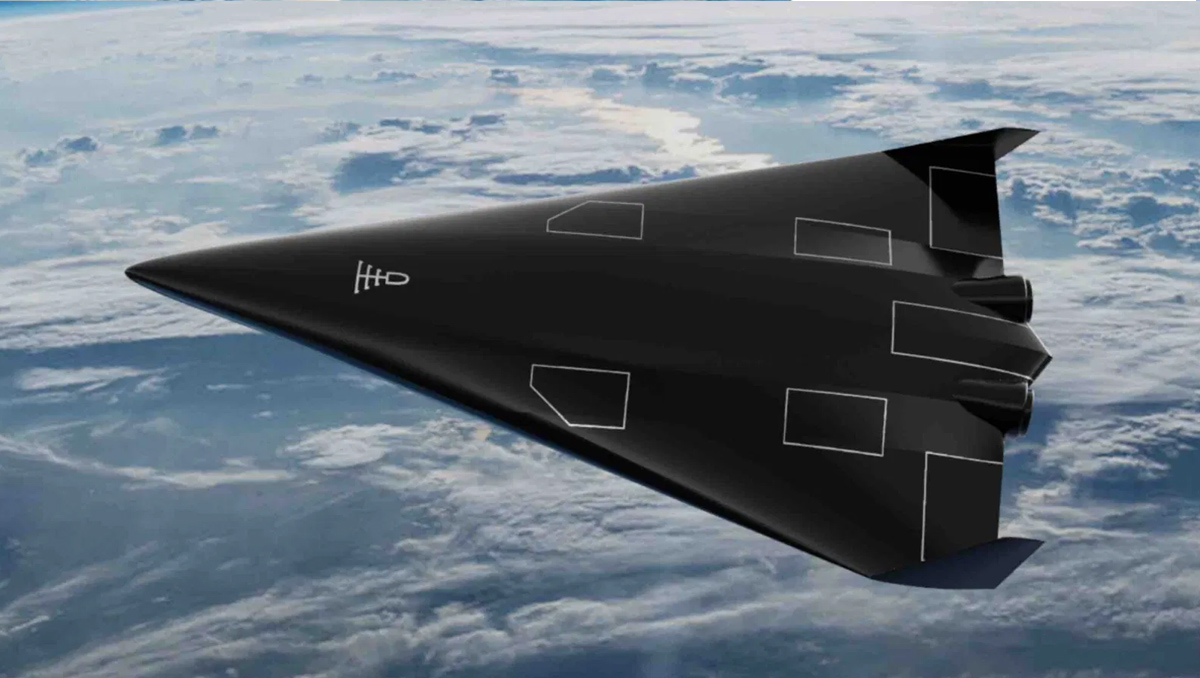
I nuovi prototipi
I nuovi prototipi MIRA II e MIRA III saranno identici, lunghi 5 metri e alimentati dai motori aerospike AS-1 sviluppati internamente da POLARIS. Questi motori saranno supportati da turbine a getto nelle fasi di volo pre e post accensione del motore a razzo.
I team di POLARIS stanno attualmente lavorando alla produzione dei gusci di fusoliera rinforzati in fibra, che saranno consegnati entro giugno. Seguirà un periodo di assemblaggio e integrazione di quattro settimane prima di prepararsi per il primo volo inaugurale.
Test di volo riusciti
POLARIS ha già completato una serie di test di volo iniziali del prototipo MIRA II tra il 25 e il 27 ottobre. Nei tre voli, il veicolo ha accumulato un totale di 20 minuti di tempo di volo e ha percorso più di 50 chilometri.
Il 25 ottobre, POLARIS ha effettuato il primo volo del MIRA II in configurazione a propulsione a getto e peso ridotto. Il giorno successivo, la massa del veicolo è stata aumentata per testare le capacità di pilota automatico. Infine, il 27 ottobre, il terzo e ultimo volo della campagna è stato condotto interamente in modalità pilota automatico lungo una traiettoria di volo pre-programmata, simulando il futuro volo a razzo.
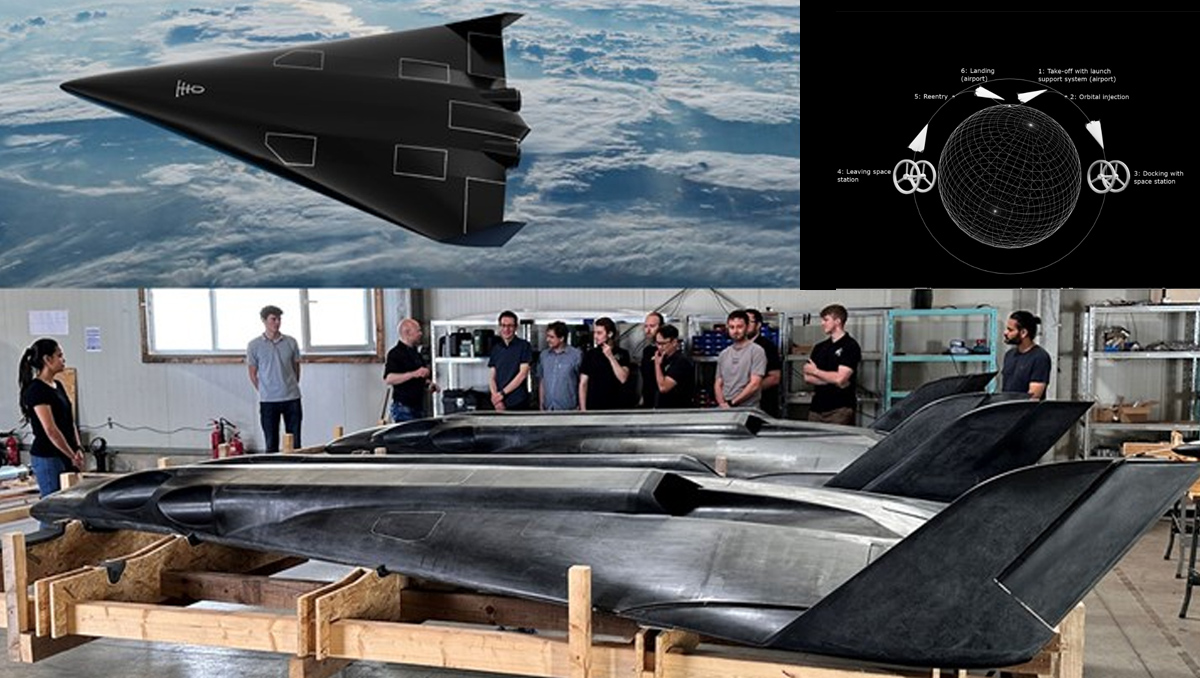
Superato il test di rollio a razzo
Dopo i test di volo a reazione, POLARIS ha compiuto un importante passo avanti con il superamento del test di rollio a razzo del MIRA II. Il 29 ottobre, il motore a razzo AS-1 LOX/kerosene da 1 kN è stato acceso per soli tre secondi mentre il veicolo rullava lungo la pista. Questo test ha validato il sistema di aborto del veicolo, una componente cruciale per la sicurezza dei futuri voli.
Verso il volo inaugurale a razzo
Ora che i test dei dimostratori MIRA II e MIRA III sono in fase avanzata, POLARIS si concentrerà sul suo prossimo prototipo, il NOVA. Questo sarà il veicolo dimostratore finale dell’azienda e servirà a convalidare la capacità di eseguire voli supersonici ripetibili a propulsione a razzo ad altitudini elevate.
Completati questi ultimi step di test, POLARIS potrà finalmente procedere con lo sviluppo del suo spazioplano multiuso e del sistema di trasporto ipersonico AURORA. Questo ambizioso veicolo, dotato di uno stadio superiore sacrificabile, sarà in grado di trasportare carichi utili fino a 1.000 chilogrammi in orbita terrestre bassa.
Fonte: https://europeanspaceflight.com/polaris-spaceplanes-begins-flight-tests-of-mira-ii-demonstrator/
Polaris Spaceplanes accelera sviluppo spazioplani
Fonte e Immagini :www.polaris-raumflugzeuge.de
Read in English
[Video] Space, the new frontier: POLARIS Spaceplanes accelerates the development of its spaceplanes.
The German startup POLARIS Spaceplanes is not giving up after the initial setback and is relaunching with the new MIRA II and MIRA III prototypes. The goal is to accelerate flight tests and enhance the capabilities of its space vehicles.
Recovery after the incident
Despite the hard blow suffered at the beginning of the year when the MIRA prototype was damaged during a takeoff test, POLARIS has not given up. On the contrary, the Bremen-based company has decided to move forward with determination, announcing the construction of two new and larger vehicles to best exploit the lessons learned.
“We have decided to build two new and larger vehicles to incorporate all the lessons learned in the design, as well as to extend the testing capabilities and accelerate the flight tests,” the company explained. “Building two vehicles simultaneously is also a first step towards standardization, which is the basis for the future series production of larger vehicles.”
The new prototypes
The new MIRA II and MIRA III prototypes will be identical, 5 meters long, and powered by the AS-1 aerospike engines developed internally by POLARIS. These engines will be supported by jet turbines during the pre- and post-rocket engine ignition flight phases.
The POLARIS teams are currently working on the production of the reinforced fiber fuselage shells, which will be delivered by June. This will be followed by a four-week assembly and integration period before preparing for the first inaugural flight.
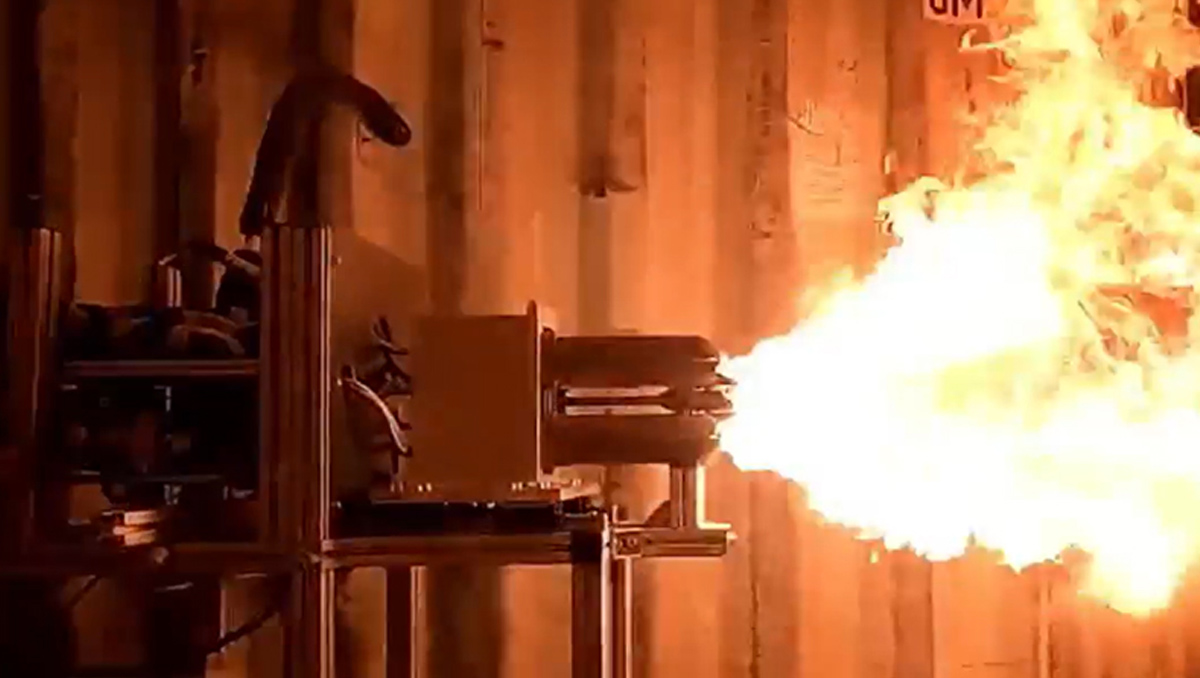
Successful flight tests
POLARIS has already completed a series of initial flight tests of the MIRA II prototype between October 25 and 27. In the three flights, the vehicle accumulated a total of 20 minutes of flight time and covered more than 50 kilometers.
On October 25, POLARIS conducted the first flight of the MIRA II in a lightweight jet-powered configuration. The following day, the vehicle’s mass was increased to test the autopilot capabilities. Finally, on October 27, the third and last flight of the campaign was conducted entirely in autopilot mode along a pre-programmed flight path, simulating the future rocket-powered flight.
Successful rocket roll test
After the jet-powered flight tests, POLARIS took an important step forward by successfully completing the rocket roll test of the MIRA II. On October 29, the 1 kN LOX/kerosene AS-1 rocket engine was ignited for just three seconds while the vehicle was taxiing along the runway. This test validated the vehicle’s abort system, a crucial component for the safety of future flights.
Towards the inaugural rocket flight
Now that the tests of the MIRA II and MIRA III demonstrators are in an advanced stage, POLARIS will focus on its next prototype, the NOVA. This will be the company’s final demonstrator vehicle and will serve to validate the capability to perform repeatable supersonic rocket-powered flights at high altitudes.
Once these final test steps are completed, POLARIS will be able to proceed with the development of its multipurpose spaceplane and the AURORA hypersonic transport system. This ambitious vehicle, equipped with a sacrificial upper stage, will be able to transport payloads of up to 1,000 kilograms into low Earth orbit.
Polaris Spaceplanes accelera sviluppo spazioplani
Social Context: Polaris Spaceplanes non si ferma: la startup tedesca annuncia l’accelerazione dello sviluppo dei nuovi prototipi di spazioplano MIRA II e MIRA III, dopo il superamento di una serie di test di volo e rollio a razzo. L’obiettivo è spingere i confini dell’esplorazione spaziale.
Polaris Spaceplanes is not stopping: the German startup announces the acceleration of the development of the new MIRA II and MIRA III spaceplane prototypes, after successfully completing a series of flight and rocket roll tests. The goal is to push the boundaries of space exploration.
